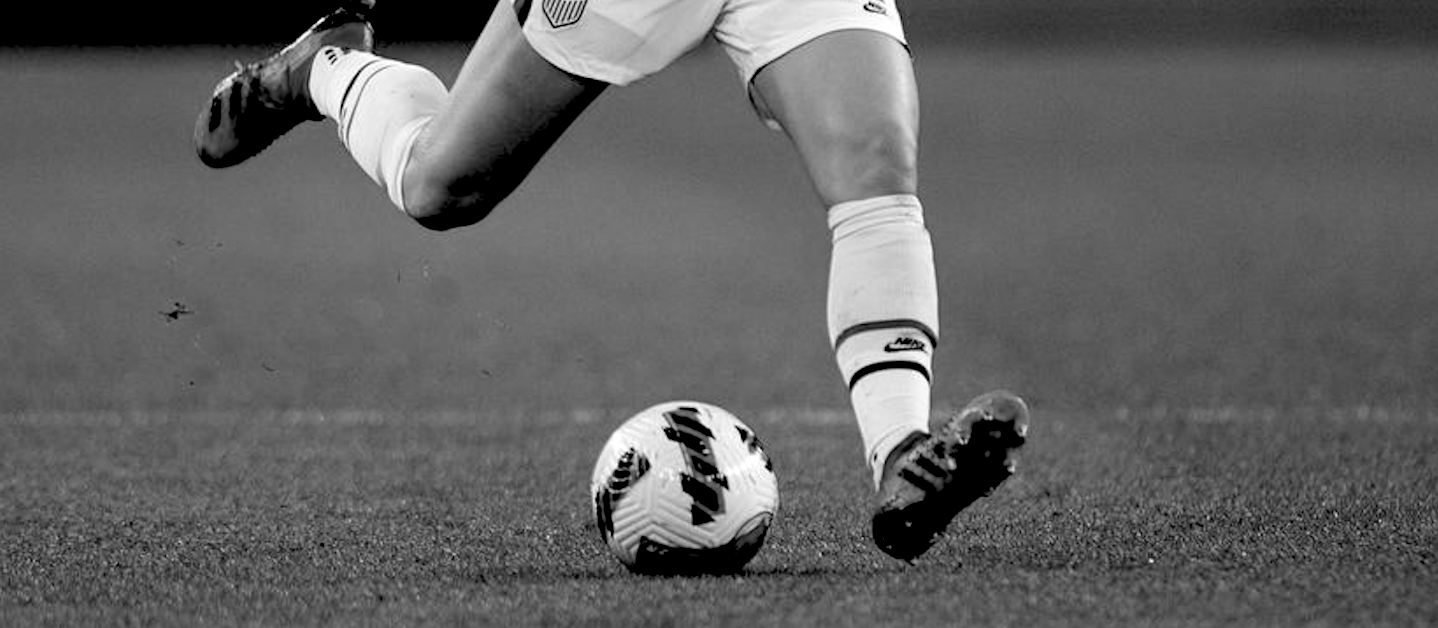Youth Club Soccer
June 7, 2022
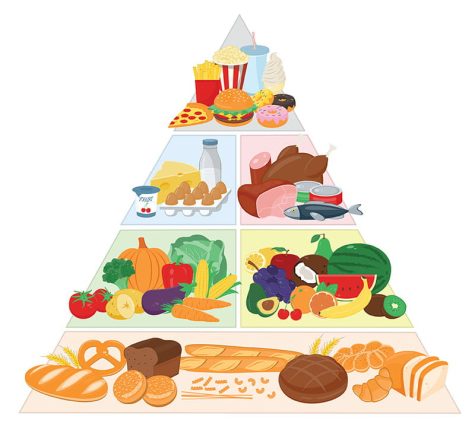
Best Way to Fuel Your Body Before and After a Game as a Soccer Player
To be able to perform well in any activity, you need to have enough fuel to get you through it. In this article, I will explain what you need before and after a high-intensity workout to keep your body fueled and healthy.
About 5-6 hours before your game, you need lipids that are low in fat. Some good examples of this food group are dairy, yogurt, eggs, peanut butter, and nuts/seeds. Consuming lipids will help with multiple things: signaling, protecting, regulating, and energy. Lipids within your body help with nerve relaying, memory storage and tissue structure. They are specifically your brain’s main source for structure and function. Lipids are also able to help with regulating your body’s temperature. This means they help with cooling you off when you get hot, and heating you up when you get cold, though while working out, cooling off is the main goal. Lipids also act as a long-term energy source. Once all of the carbohydrates have been used up during a workout, they initiate fat storage, which are fats that have been waiting as backup.
About 2-3 hours before your game, you’ll need some carbohydrates (carbs) that are easy to digest. Some examples of this food group can be fruit, white bread, cereal, plain pasta, and crackers. Consuming carbs will help with multiple things, including energy production and energy storage. Carbs are able to produce glucose, which when broken down by our cells by glycolysis, produces energy. That energy is then used to perform cellular respiration, which is very important to function properly. When our cells do not need any more fuel, glucose starts to link together in chains to create big bundles of possible energy (8-12 glucose molecules create 1 glycogen molecule). Assuming the liver is at maximum capacity with glycogen, it can be used up in 1.5-2 hours while doing a high-intensity workout.
Right before the game, (during warm-ups) you need easy-to-digest nutrition. This will help sustain the abundance of energy that will be lost during the game. Because they are easy to digest, it doesn’t feel like you’re being “weighed down” by the nutrients you just ingested. Some examples of this food group are fruit, rice cakes, fig bars, graham crackers and liquid nutrition.
After your game, your main goal is to refuel. It can help with repair and grow your muscles, and will replace all of the energy you lost during the game. It is recommended that the more intense workout you perform, the sooner you should eat afterwards. Following your game, try to eat within 30 minutes after the cool down. Some examples are whole grains and proteins.
If you follow these tips, you’ll have a higher success rate within the game and an easier and faster recovery.
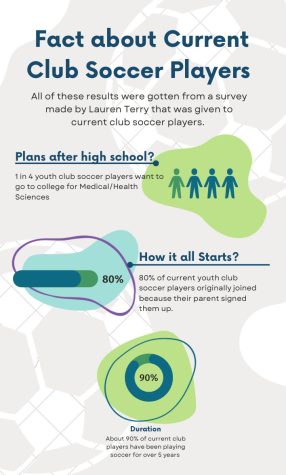
Drill for Soccer Defenders
As a soccer defender and I wanted to get feedback on how I can improve with a drill that is focused on my position. So I asked Scott Macleod, the youth director of the U5-U12 soccer teams at EPSA, which one he would recommend to get better as a player and work better as a team. This is what he suggested:
1v1 Defending – Attacker back to goal
Set Up
- Small groups of 6 (3 Defenders/3 Attackers)
- 12×15 yard grid
- Supply of balls
- Attacking team has 1 player up in line with the cones to receive the ball from teammate
- On the pass, the defender can come out from the goal line to defend
- Play 1v1. Attackers aim is to turn and score. Defenders aim is to win the ball and score in either of the 2 counter goals
- Rotate attackers and defenders
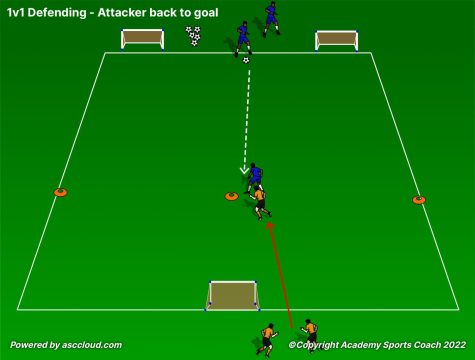
Defending Coaching Points
- As the attacker passes, close the space quickly to the receiving attacker
- Slow down and steady on final approach
- Body position sideways and low
- Distance of pressure is key. Don’t get too close or attacker may use defenders body weight to turn and spin off them
- Be close enough (Touch distance with extended arm) where the attacker cannot turn
- Be patient and keep the attacker facing away from goal. Start to press them into moving away from goal with back still to goal
- Time tackle if the attacker attempts to turn
- Win ball and transition quickly to score into counter goals
Running a Soccer Club 101
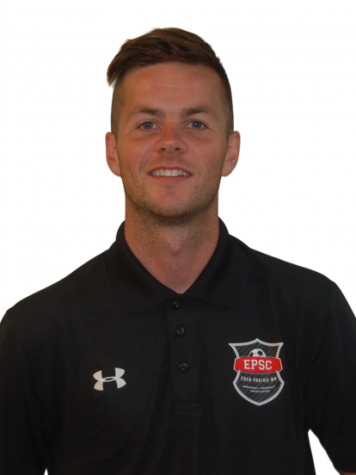
I sat down with Chris Bagshaw, the director of coaching and player development U13-U19, and asked him what it takes to run a soccer club. Here’s how the conversation went.
ME: What does a typical day look like for you as a coach and manager?
CHRIS: Well thankfully my day starts around 12 PM when I get into the office. In the office I go through emails, respond to everyone and make sure they’re happy. Some days I have meetings that I will attend that are about the current season, like how the teams are doing, what we should do to help improve, how we can move around expenses, etc. Then whenever the first team goes to practice, or have a game, that’s where I’ll be! This can happen anywhere from 4:30-5:00 PM. These practices and games usually end around 10 PM almost every night, hence why I start my work day so late in the day (I also am not a morning person so it works very well for me). Even after all of that, there are still games, tournaments, and camps on the weekends that I attend.
ME: Tell me about your facilities? How many facilities do you have, and how easy/hard are they to manage?
CHRIS: We are very lucky to have many different facilities. This would include Miller Park, Franlo Park, Flying Cloud Fields, CMS (Central Middle School), and EPHS (Eden Prairie High School). You would almost think that it would be difficult to try and manage so many teams with so many places but in reality it is almost a relief. It’s nice to know that if we don’t have enough room at one park, there are other resources that are available to us. The one thing that is difficult when scheduling teams is when there are other sports going on during the season as well. For instance, spring is when the high school lacrosse season starts, so if we were in need to use EPHS we would have very limited time to do so.

